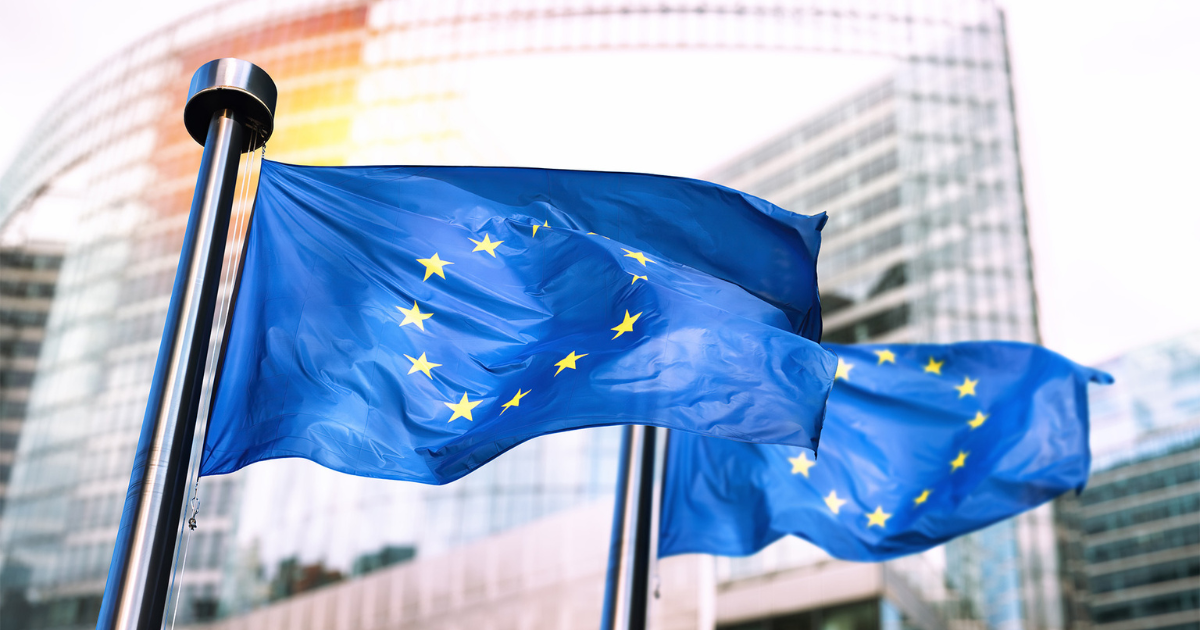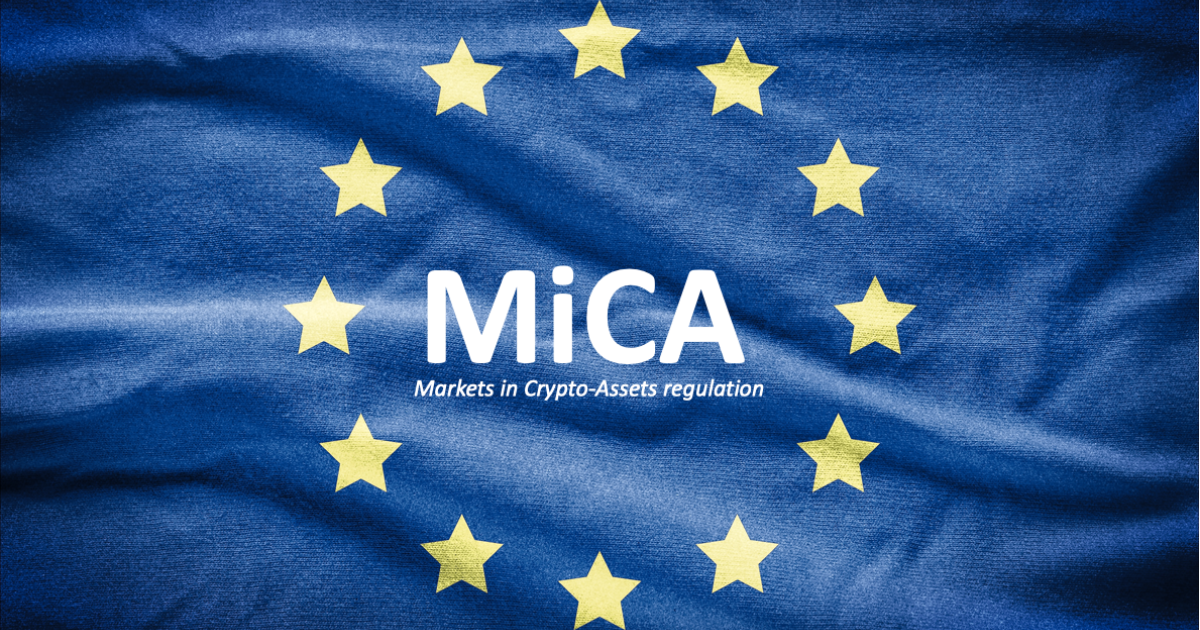The Markets in Crypto Assets (MiCA) regulations of the European Union are a new era of cryptocurrency operations in Europe. This groundbreaking framework brings order into the fractured world of crypto across EU member states.
MiCA is designed to provide only one set of rules for all the 27 EU countries; all crypto operations are made easier. With this license, both new and old crypto businesses can operate with one license across the EU as a whole.
Key-Takeaways:
- MiCA Regulations brought together crypto laws in 27 EU countries, mandating a single license which applies to Europe as a whole.
- Crypto companies under MiCA regulations are obliged to meet strict security rules and, at the same time, always have enough money to always cover customer assets.
- There are different forms of crypto assets under MiCA Regulations, and special emphasis is given to stablecoins that have to have strong financial backing.
Importance of Understanding MiCa Regulations for Investors
 There will be positive changes that investors note when interacting with crypto services. It has become a necessity that every crypto platform should follow strict security measures in order to protect user funds. Also, they’ll have to communicate risks upfront and record all transactions thoroughly. In addition, investors should find that their complaints are treated better because of standard procedures.
There will be positive changes that investors note when interacting with crypto services. It has become a necessity that every crypto platform should follow strict security measures in order to protect user funds. Also, they’ll have to communicate risks upfront and record all transactions thoroughly. In addition, investors should find that their complaints are treated better because of standard procedures.
MiCA provides clear operational guidelines for crypto businesses. Strong internal controls are a must, and the companies must meet certain capital requirements. To provide services like trading, custody, and advisory functions, a license is needed from them. In addition, businesses must have solid systems in place to combat money laundering as well as market manipulation.
The History of MiCa Regulations and its Implementation
 There are two main categories on which MiCA focuses on paying special attention to stablecoin. Full backing in a single currency is required for all E Money Tokens. Asset-backed tokens rely on multiple tokens for backing and require appropriate reserve management. The idea is to avoid previous stablecoin crashes, such as the ones we’ve seen in the past.
There are two main categories on which MiCA focuses on paying special attention to stablecoin. Full backing in a single currency is required for all E Money Tokens. Asset-backed tokens rely on multiple tokens for backing and require appropriate reserve management. The idea is to avoid previous stablecoin crashes, such as the ones we’ve seen in the past.
The rollout to regulation is phased to allow businesses to adapt to. The rules for stablecoins will come into effect in June 2024. Beyond that, all other provisions must go into force by December 2024. The key is that this gradual approach allows companies to adjust the way they do business without affecting the service.
Of course, not everything falls under MiCA’s scope. Some NFTs and fully decentralized applications are excluded from the implemented regulation. It makes for an oversight that is careful but overly innovative. That ensures technological advancement in the blockchain space won’t be arrested by regulation.
Market Impact and Opportunities
 MiCA enables legitimate crypto businesses in Europe to open up new possibilities. With clear rules, it is easier to draw in institutional investors. This might be why banks and traditional financial institutions might feel more confident to enter the crypto space. It could also encourage more investment options for them.
MiCA enables legitimate crypto businesses in Europe to open up new possibilities. With clear rules, it is easier to draw in institutional investors. This might be why banks and traditional financial institutions might feel more confident to enter the crypto space. It could also encourage more investment options for them.
Now is the time businesses should begin preparing for MiCA. Here they need to have proper governance structures and risk systems in place. Strong customer verification processes and regular security audits are a part of this. Companies should also train their staff of the new requirements.
Conclusion: MiCa Regulations
The rules of MiCA represent the state of crypto in the mainstream while crypto adoption is happening. It could influence how other regions regulate crypto. For European markets, it’s a promise of greater stability and trust.
This unified approach to crypto regulation represents a step forward. We have to make the effort to adapt to these changes to provide us with better protection. With MiCA as a solid foundation, the European market will mature in the crypto industry.











